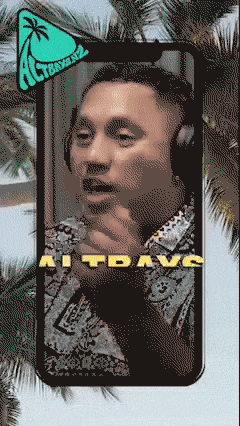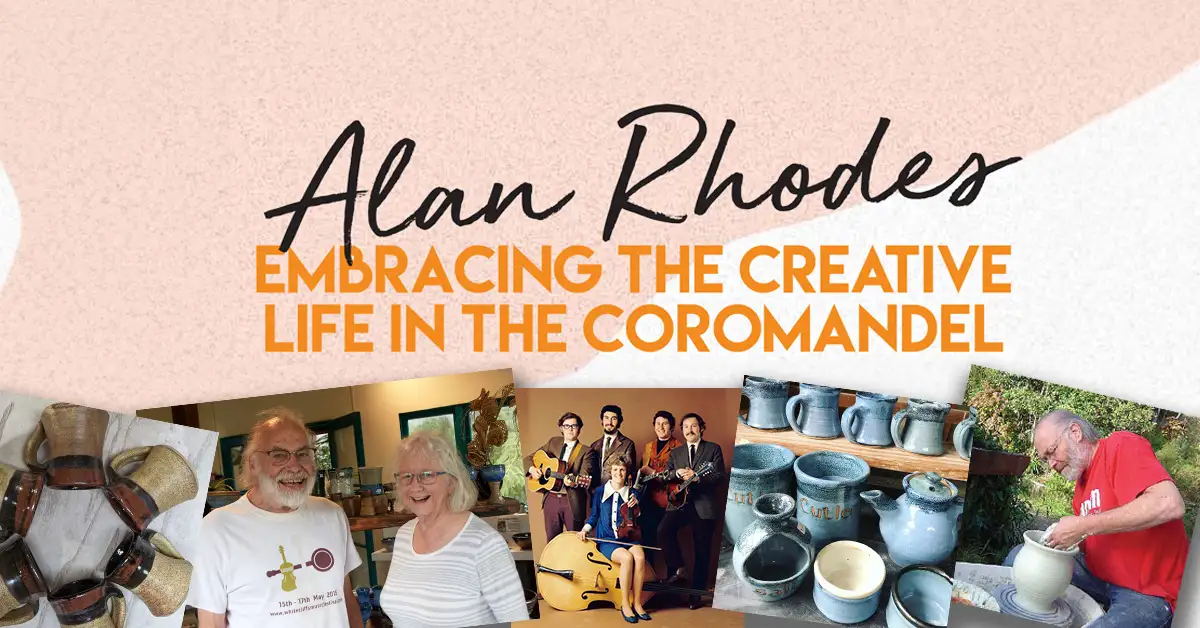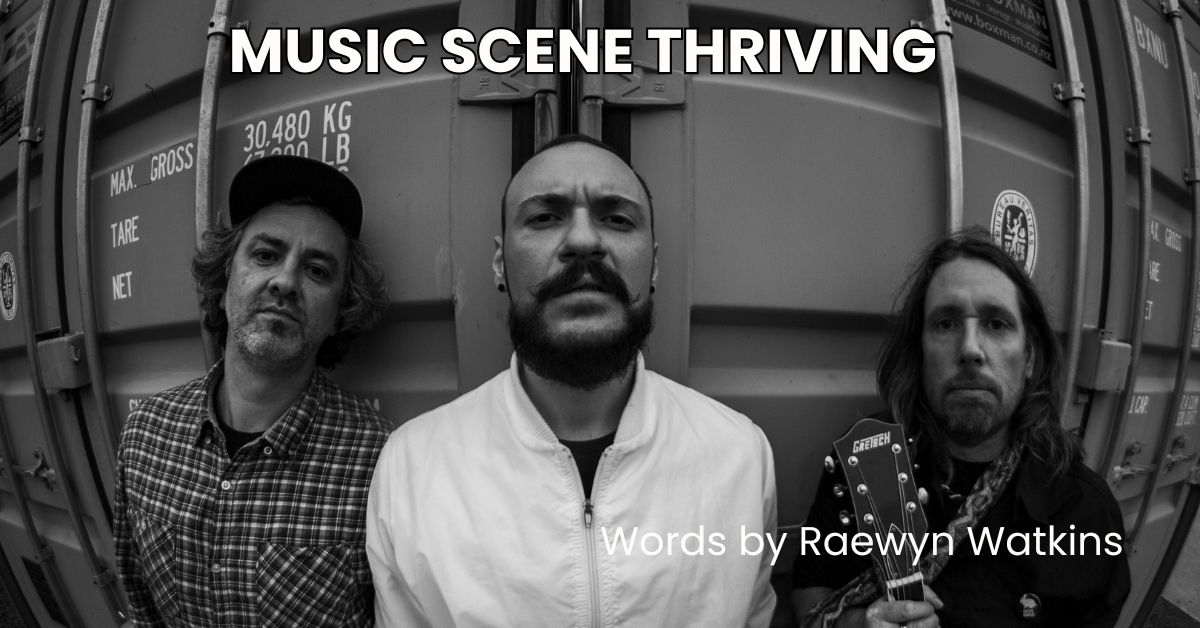
Dragons, Dolphins and Waves
Nearly every surfer dreams of one day riding the waves at the place some claim to be the birthplace of surfing, the islands of Hawaii. So it was that in 1990, at the age of 39, I took a six-month leave of absence from my teaching job and headed to what became the 50th state of America in 1959. The Kingdom of Hawaii had been stolen from the native Hawaiians after a coup by US businessmen backed by US marines 60 years earlier and remained a US territory till its statehood.
Of course, the colonisation, as in other Pacific islands like NZ, was accompanied by the decimation of the local population, mainly through diseases like smallpox, measles and influenza, while the church and avaricious settlers ensured that the majority of land was taken from native ownership. While there I was taught a popular saying which states, “The missionaries came to do good and they did very well.”
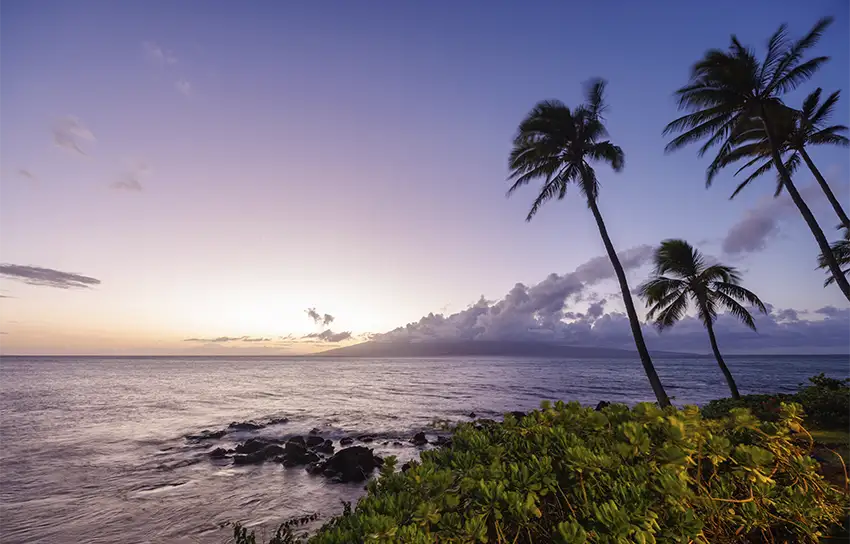
Anyway, on arrival in Honolulu on board Air NZ, I discovered that my surfboard had been broken in half inside its bag which had small tyre marks across it, possibly the work of an airport employee disgruntled by evidence of another haole there to crowd the waves, not the best start for a Kiwi on the surf trip of a lifetime.
It was the start of the winter North Shore big wave season so off I naively went through the pineapple plantations to the famous Pipeline. I was lucky enough to secure a ‘job’ which entailed managing a backpacker’s in return for free accommodation. Surfers from all over the world started booking in, in anticipation of the first winter swells. The North Shore is always flat during the summer. The more stories I heard of the winter waves on that seven kilometre stretch of coastline, the less confident I became about my surfing ability in such an unforgiving, competitive environment.
While I waited for the swell to arrive, I went snorkelling at Pipeline and immediately saw why it is considered one of the most dangerous big wave locations in the world. The reef is quite shallow and is pockmarked by great crevices and caves into which many a surfer has been slammed by the giant barrels that crash onto it. Some of them didn’t make it out in time for rescue. Since 1989, seven surfers have been killed and countless others seriously injured. This seems awfully high for just one surf break, but when you watch videos of crowded days at Pipeline where 100 or more mostly competent surfers compete for barrels, one wonders why the death rate isn’t much higher.
There is a thing called localism at many surf breaks in the world where locals intimidate visiting surfers. This is especially true on the North Shore where some are told in no uncertain terms not to enter the water, to avoid dire consequences. I was fortunate enough not to be a victim of this fate, because before the first winter swell arrived, I was offered another job on the island of Kauai around 100 kilometres from the main island of Oahu.
I had been given another surfboard by a friendly Brazilian who was returning to Brazil and on arrival at Kauai, I bought an old rusty heap of a car which would never in a million years pass a warrant here in Aotearoa. The police didn’t care about a car’s condition, only whether or not it was insured. I made my way to Hanalei Bay to start my new job as a boatman on a small tourist boat which took international tourists down the famous Napali coast to see the wonderfully steep, craggy mountainous coastline shrouded in mist and rainbows, with dolphins and whales frolicking in the, sometimes, rough ocean swells. My job was similar to a Whitianga boatman’s, helping passengers with lifejackets and giving safety briefings, quite often facilitating their feeding the fish with the contents of their churning bellies when the sea got a little choppy, and finally washing down the boat at the completion of the tour.
Hanalei is an interesting name and means ‘crescent-shaped bay or lei making’, reflecting the shape of the bay and the cultural practice of making the flower decorations to celebrate special occasions and as a symbol of affection, honour, love, friendship, and appreciation in Polynesian cultures. Hanalei is also the abode of the mighty dragon Puff in Peter, Paul and Mary’s famous song “Puff the magic dragon” who “lived by the sea and frolicked in the autumn mist in a land called Hanalei”. There is even a cave that some called Puff’s Cave to add a bit of myth and mystery to a tourist’s experience.
Another interesting place on Kauai is what is called the consistently wettest place on earth, the Alakaʻi Swamp on Mount Waiʻaleʻale, a volcanic plateau with extreme annual rainfall averaging over 11,430 mm. This high rainfall is caused by the mountain’s peak accumulating moisture from trade winds, leading to persistent precipitation that nourishes the lush, high-elevation swamp. I visited Alaka’i Swamp and took my raincoat – but wouldn’t you know it, it wasn’t raining.
While not working, I went surfing at Hanalei Reef at the mouth of the river. An American friend I had met lent me a surfboard to ride on big days. It was a super narrow 10-footer with a sharp pintail. I had never ridden such a gun and secretly hoped the waves would never reach the 20-foot mark that I was assured would happen sometime over winter. I was secretly elated that the biggest it got while I was there was a scary but rideable 10 -12 feet. It was a disappointing winter for many of the big wave enthusiasts but perfect for me.
It was also a dangerous place to surf. Mikey, who had lent me the 10-footer, sported a metal hook hand, the result of a shark attack while body boarding at Hanalei; during my stay, there were two other non-fatal shark attacks. Some said that the increase in attacks was due to the sea turtles becoming legally protected in Hawaii. A few years later, well-known professional surfer Bethany Hamilton lost her arm to a shark a few kilometres from Hanalei river mouth.
To be continued …
Words by Ross Liggins
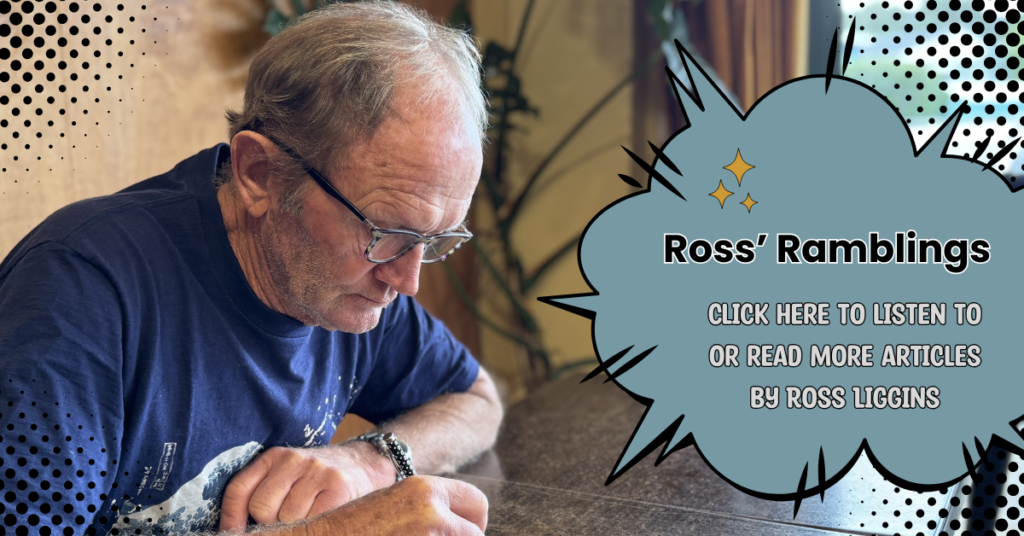
Coromind: Coromandel’s Collaborative Magazine

Help us take Coromind Magazine to new heights by becoming a member. Click here
Change the Weather for Your Business: Advertise with Us.
Advertise your business in the whole Hauraki Coromandel in the coolest Coromandel Art Magazine, from Waihi Beach/Paeroa /Thames up to the Great Barrier Island.
Advertise Smarter, Not Harder: Get in Touch


